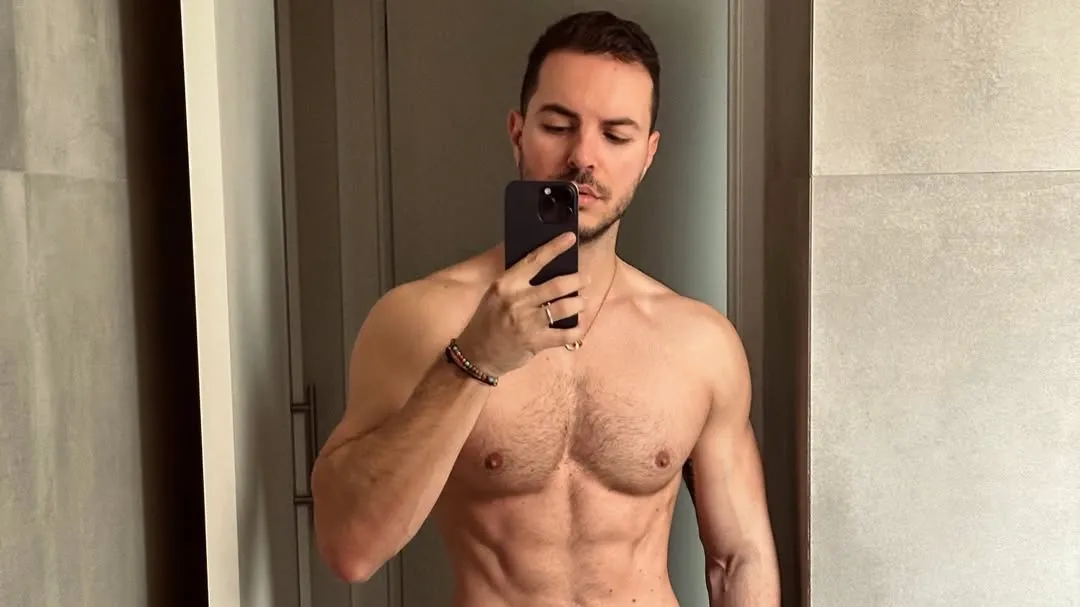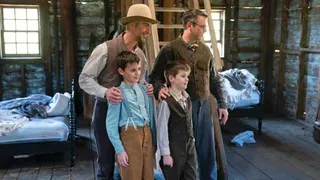May 16, 2024
It's Not a Rock, it's the Athens Rock Lobsters. New Minor League Team Honors B-52s
Paul Newberry READ TIME: 2 MIN.
It's not a rock. It's the Athens Rock Lobsters.
Ah-ahh-ahhh-ahhhhh!
The minor league hockey team that will begin play next season in the home of the University of Georgia paid homage to the city's rich musical heritage by choosing a nickname made famous by one of its most famous bands.
The B-52s released their quirky, crustacean-themed song "Rock Lobster" in the late 1970s. Now, it's moving from the beach to the ice to adorn an expansion team in the Federal Prospects Hockey League.
The venerable band endorsed the new moniker in a statement released by city officials.
"Athens, Georgia is our birthplace and where we started our journey 'down the Atlanta Highway' to spread our home grown groove out to the universe," it said. "'Rock Lobster' was one of our very first songs and we can testify that millions in the galaxy have gone wild to this deep sea surf anthem. We are truly honored to have our hometown hockey team named the Rock Lobsters. As the song declares 'Let's rock!'"
The Rock Lobsters will play in a 5,500-seat arena that has been constructed in the Classic Center complex, where the B-52s played the final show of their farewell tour in January 2023. The band has continued to perform in Las Vegas residencies.
The FPHL is a third-tier, independent league that had 11 teams this season, stretching from the Louisiana bayou to upstate New York. Athens and Danville, Illinois are set to join for the 2024-25 season.
A fan vote of more than 8,000 participants resulted in the Athens Rock Lobsters edging out another music-themed name, the Classic City Panic, which would've honored the Athens rock band Widespread Panic.
"From the start, we knew we wanted a name that encapsulates the unique energy and spirit of Athens," Britton Briley, the team's director of marketing, said in a statement. "The name 'Rock Lobsters' struck a chord with our fans, blending music, creativity, and a touch of humor. It's the perfect identity for our hockey team."
The team passed on a chance to honor perhaps the most storied act to come out of the musical hotbed: R.E.M.
The Athens Nightswimmers, anyone?







